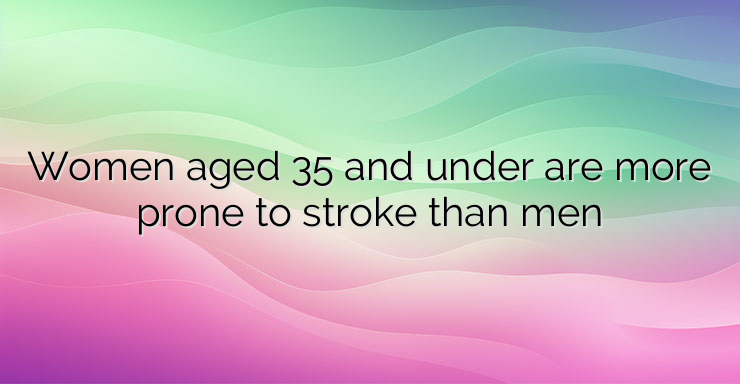Women aged 35 and under are more likely to have an ischemic stroke than their peers of the opposite sex, according to a new review of a number of international studies on gender differences in stroke. Ischemic stroke affects more women annually than men. For this reason, in their analysis, the researchers tracked the differences in stroke rates among women and men in different age groups. In it, they looked at studies from January 2008 to July 2021 that were published and indexed in PubMed, one of the largest online research databases in the world, operated by the National Library of Medicine at the National Institutes of Health. All included studies were population-based and focused on young people aged 45 years and younger, among whom different types of stroke occur, including ischemic, hemorrhagic strokes, transient ischemic attack, also called mini-stroke, and cryptogenic strokes , for which no known cause has been identified. The largest percentage of observed cases – 87% – were with ischemic stroke. The number of studies reviewed was 16, with a total of 69,793 young adults with stroke – 33,775 of them women and 36,018 men. Research has been done in many different countries, including the USA, Canada, France and the Netherlands. The authors’ analysis found that gender differences in the incidence of ischemic stroke were largest and most evident among adults under 35 years of age, with about 44% more women than men in this age group experiencing an ischemic stroke. This difference becomes smaller among participants aged 35 to 45 years. Among older people, gender differences become more difficult to determine because of the individual characteristics of the studies included in the analysis. The research team did not identify the reasons for this higher risk of stroke among younger women than men. For this reason, it is necessary to carry out additional analyzes on the subject. The information was published in the January 24, 2022 issue of Stroke, which is a peer-reviewed journal of the American Stroke Association. Sources: https://www.ahajournals.org/doi/10.1161/STROKEAHA.121.037117


Leave a Reply